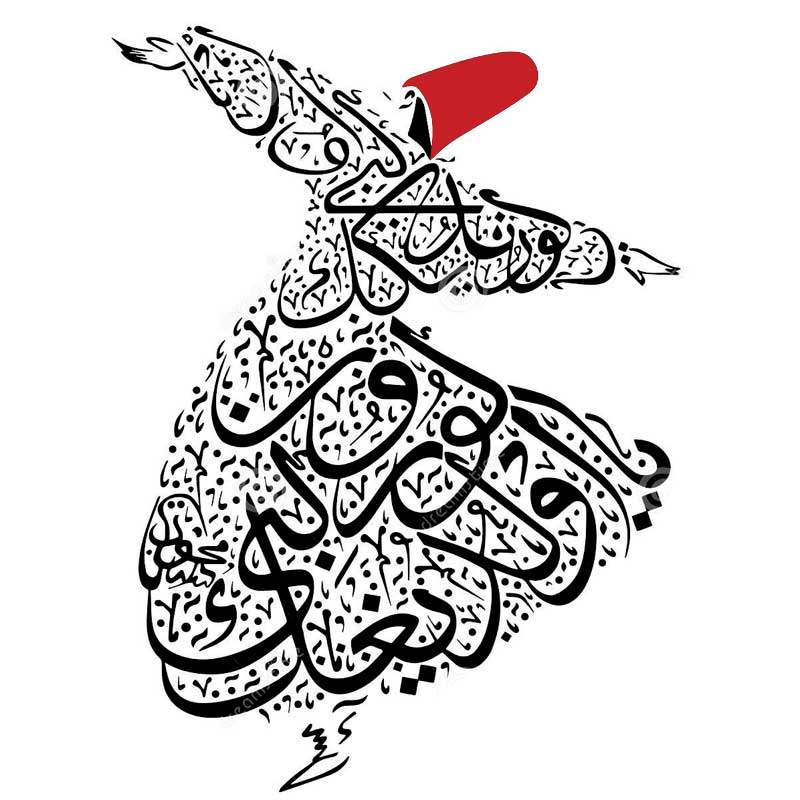As much as I wanted to be very excited about my purchase it was later discovered that the fragrances that I purchased were not legitimate products from the fragrance house Lattafa but instead are replicas. As a result of this the smell is not as pronounced as it would have been if these fragrances came from the actual brand. A bit upset because I was excited to make the purchase but given the price point, I will takw this as a lesson learned.
I cant express enougb how much i love this scent. Every time i wear it someone (usually multiple peiple) comment. I often put some on my fingers and rub it in my hair. Long-lasting perfection.
Lovely sample set! Nice to try them all before commiting a full size favorite



 What can the most fragrance-obsessed culture in the world teach us about new ways to wear scent? Take a literal journey through our blog to the Middle East and learn how to cast a seductive spell by mixing and matching perfumes.
What can the most fragrance-obsessed culture in the world teach us about new ways to wear scent? Take a literal journey through our blog to the Middle East and learn how to cast a seductive spell by mixing and matching perfumes.












 For me personally, this is where the ritual starts, I lights a charcoal disk at the base of my ornate golden incense burner, place a piece or two two of my favorite
For me personally, this is where the ritual starts, I lights a charcoal disk at the base of my ornate golden incense burner, place a piece or two two of my favorite 


